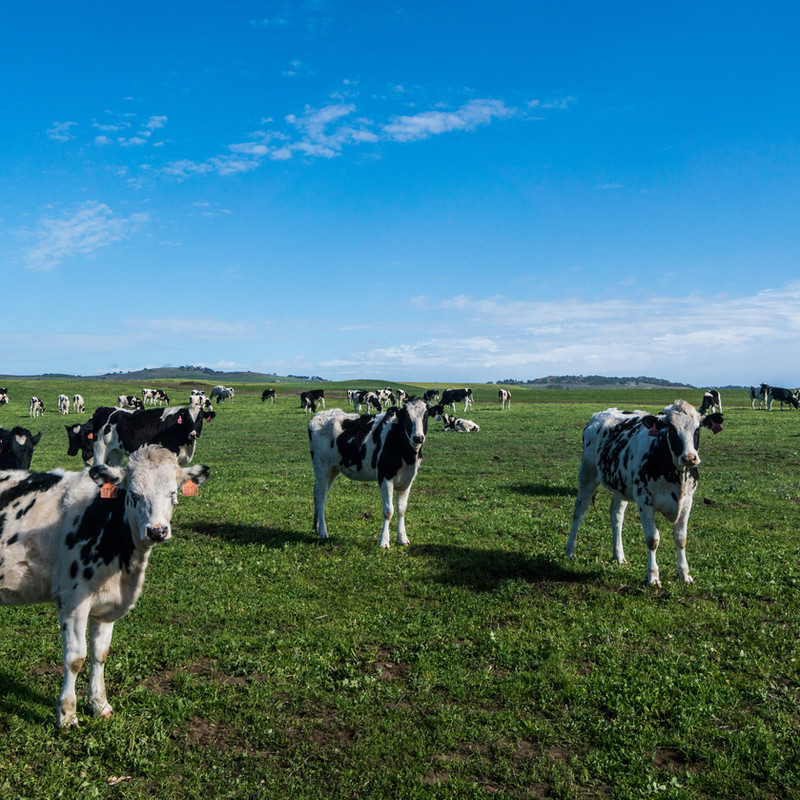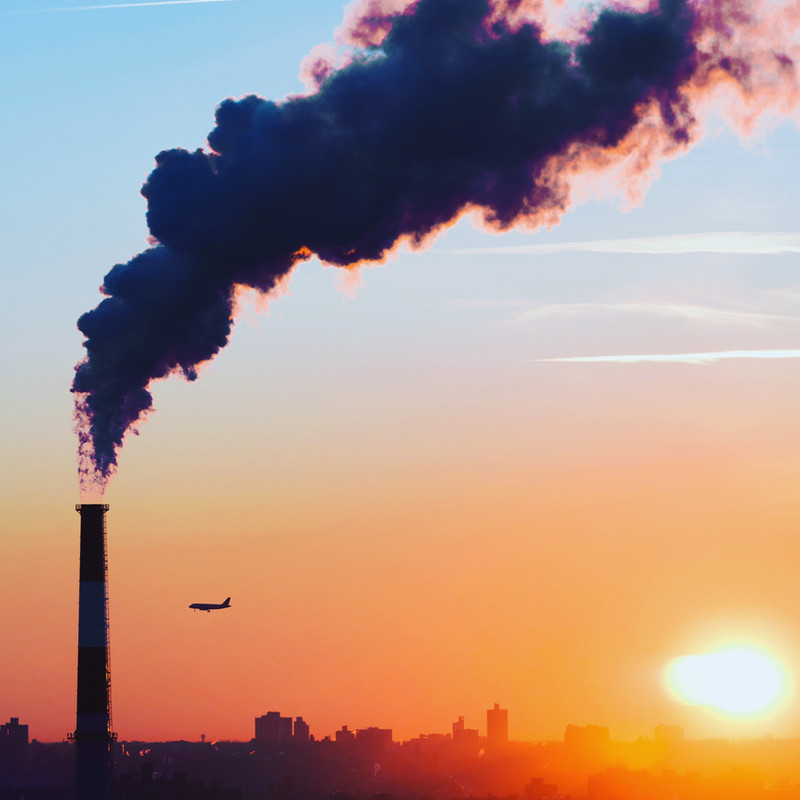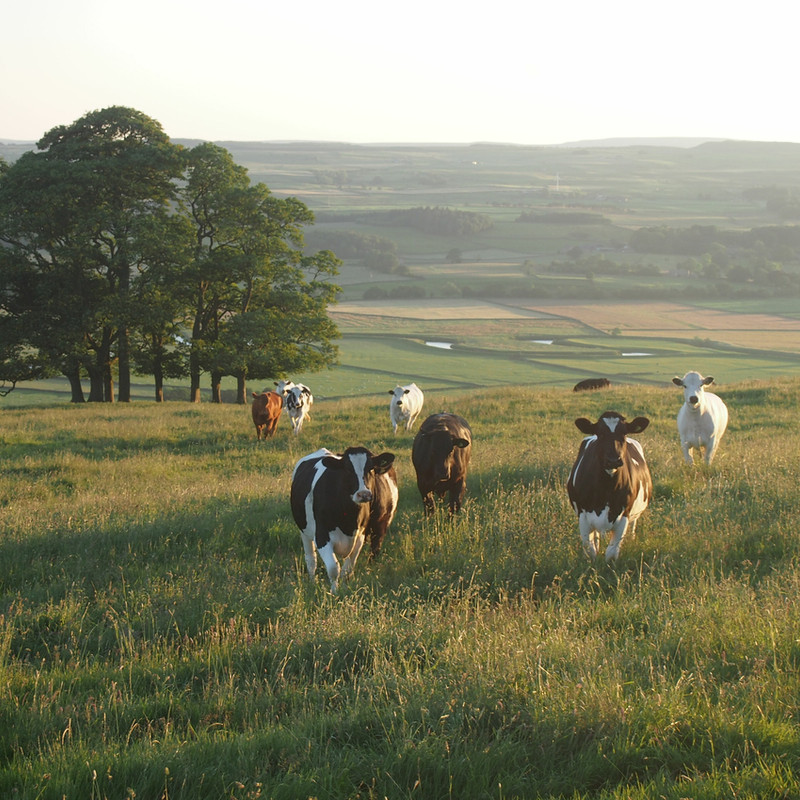Carbon capture and storage is the process of capturing carbon dioxide emissions before they enter the atmosphere, and storing them for centuries or millennia. Usually the CO2 is captured from large point sources, such as coal-fired power plants, a chemical plant or biomass power plants.
There are a few different ways to go about carbon capture and storage. One way is to use carbon capture and sequestration (CCS), which involves capturing carbon dioxide emissions before they enter the atmosphere and storing them in an underground geological formation. Another way is to use carbon capture and reuse (CCR), which captures carbon dioxide emissions from sources like factories and then uses it to make products like fuel or plastics.
Carbon Offsetting
The technique is often used as a way to offset carbon emissions. When you offset your carbon emissions, you’re essentially cancelling out the environmental impact of your activities by investing in projects that reduce emissions elsewhere. One way to do this is by buying carbon offsets. Carbon offsets are credits that represent the reduction of one ton of carbon dioxide emissions.
You can buy carbon offsets from companies or organizations that work to reduce greenhouse gas emissions. For example, you could invest in a project that captures methane from cows or destroys HFCs using advanced oxidation processes. When you buy carbon offsets, you’re helping to fund these types of projects and reduce your own environmental impact.
Cows and other livestock are major sources of methane, a powerful greenhouse gas. By capturing the methane these animals produce, we can reduce their impact on the environment. In addition, destroying harmful HFCs using advanced oxidation processes helps to prevent them from contributing to global warming.

Methane is considered a short-lived climate pollutant, which means that it has a more immediate impact on global warming than carbon dioxide. Capturing and destroying methane helps to reduce its effects in the near future, while also reducing carbon dioxide emissions over the long term.
Carbon Sequestration in the United States
Carbon capture and storage in the United States is still in its early stages of development, but there are a few projects that are worth mentioning. One example is the Kemper County energy facility in Mississippi. The Kemper County plant is a 582-megawatt coal-fired power plant that’s been converted to use natural gas. The plant captures carbon dioxide emissions and stores them in an underground geological formation.
The plant is expected to sequester more than 2 million tons of CO2 each year, which is the equivalent of taking more than 330,000 cars off the road. Another example is the Petra Nova project in Texas. The Petra Nova project is a carbon capture and storage system that’s attached to a coal-fired power plant. The system captures carbon dioxide emissions and uses them to extract oil from the ground.
The project is expected to reduce carbon dioxide emissions by more than 1 million tons each year, which is the equivalent of taking more than 175,000 cars off the road.
Carbon Sequestration in China
In China, there are a few carbon capture and storage projects that are worth mentioning. One example is the GreenGen project, which is a coal-fired power plant that captures carbon dioxide emissions and uses them to produce hydrogen gas. The GreenGen project is expected to reduce carbon dioxide emissions by more than 25 million tons each year, which is the equivalent of taking more than 3.5 million cars off the road.
Another example is the Shengli oil field in Shandong Province. The Shengli oil field is a large oil field that’s been converted to use carbon capture and storage. The project captures carbon dioxide emissions from the oil production process and stores them in an underground geological formation.
The project is expected to reduce carbon dioxide emissions by more than 5 million tons each year, which is the equivalent of taking more than 700,000 cars off the road.
Carbon Sequestration in the United Kingdom
In the United Kingdom (UK), the White Rose Project is worth mentioning. The White Rose Project is a carbon capture and storage system that’s attached to a coal-fired power plant. The system captures carbon dioxide emissions and uses them to produce hydrogen gas. The project is expected to reduce carbon dioxide emissions by more than 3 million tons each year, which is the equivalent of taking more than 400,000 cars off the road.
Mongstad Project
Another example is the Mongstad project in Norway. The Mongstad project is a carbon capture and storage system that’s attached to a natural gas-fired power plant. The system captures carbon dioxide emissions and uses them to produce methanol. The Mongstad project is expected to reduce carbon dioxide emissions by more than 1 million tons each year, which is the equivalent of taking more than 130,000 cars off the road.
Sleipner Project
The Sleipner project is another carbon capture and storage system that’s attached to a natural gas-fired power plant. The system captures carbon dioxide emissions from the natural gas production process and stores them in an underground geological formation. The Sleipner project is expected to reduce carbon dioxide emissions by more than 1 million tons each year, which is the equivalent of taking more than 130,000 cars off the road.
Gorgon Project
Another example is the Gorgon project in Australia, which is a large natural gas-fired power plant that’s been converted to use carbon capture and storage. The project captures carbon dioxide emissions from the natural gas production process and stores them in an underground geological formation. The Gorgon project is expected to reduce carbon dioxide emissions by more than 25 million tons each year, which is the equivalent of taking more than 3.5 million cars off the road.
In Canada, there are a few carbon capture and storage projects that are worth mentioning. One example is the Boundary Dam project in Saskatchewan. The Boundary Dam project is a carbon capture and storage system that’s attached to a coal-fired power plant. The system captures carbon dioxide emissions and uses them to produce ethanol. The Boundary Dam project is expected to reduce carbon dioxide emissions by more than 1 million tons each year, which is the equivalent of taking more than 130,000 cars off the road.
Alberta Carbon Trunk Line
The Alberta Carbon Trunk Line project is a large carbon capture and storage system that’s attached to a number of oil sands production facilities. The system captures carbon dioxide emissions from the oil production process and stores them in an underground geological formation. The Alberta Carbon Trunk Line project is expected to reduce carbon dioxide emissions by more than 5 million tons each year, which is the equivalent of taking more than 700,000 cars off the road.
Voluntary Carbon Offsets

A number of voluntary carbon offset projects support carbon capture and storage systems. These projects usually involve the capture of carbon dioxide emissions from small sources, such as landfills or biogas facilities, and the storage of the carbon dioxide in an underground geological formation.

